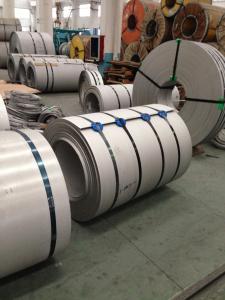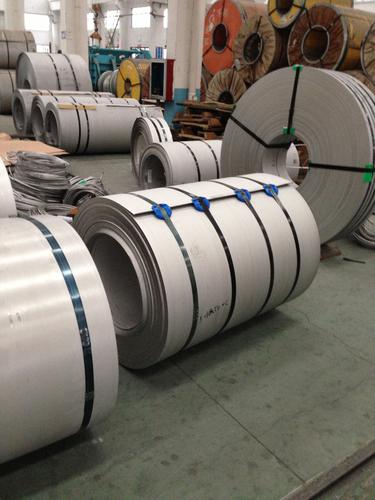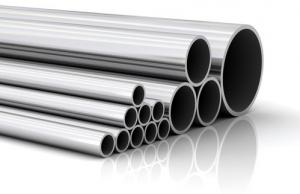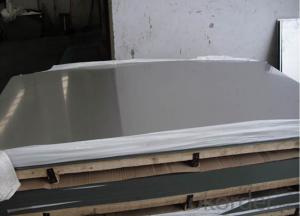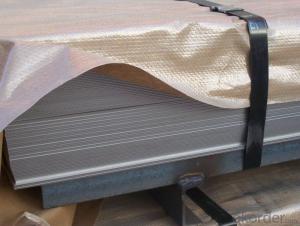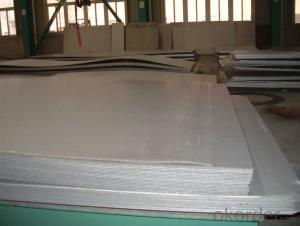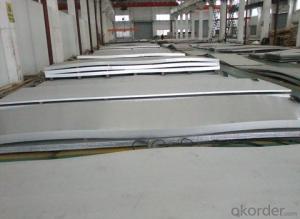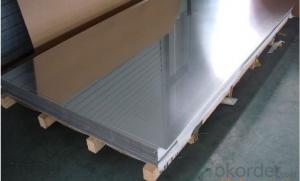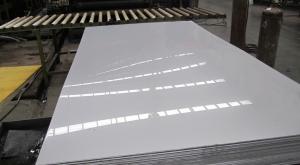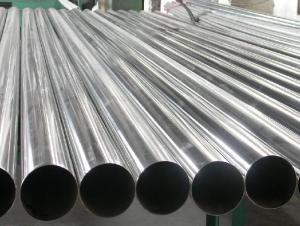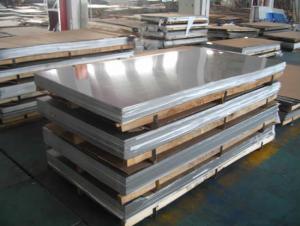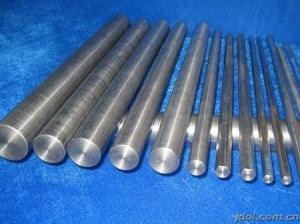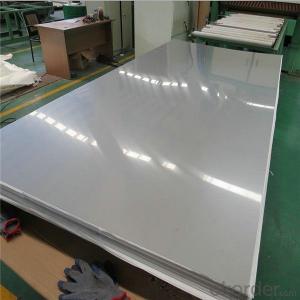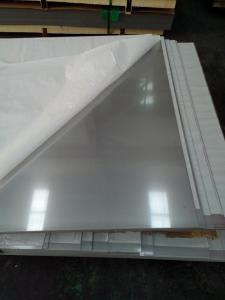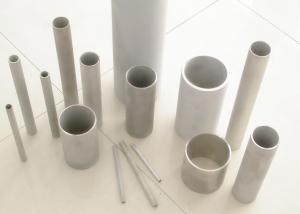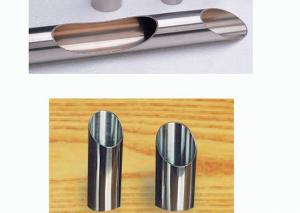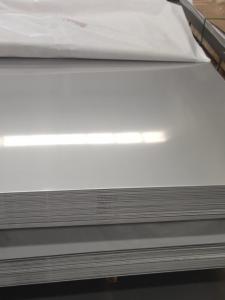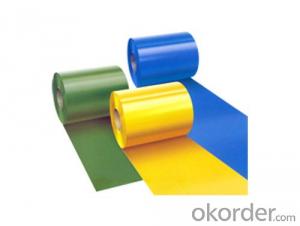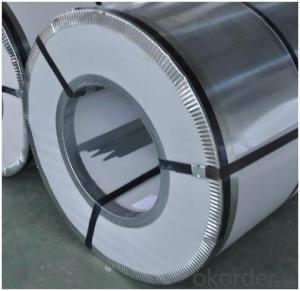Stainless Steel Sheet Col Plate Best Price
- Loading Port:
- Shanghai
- Payment Terms:
- TT or LC
- Min Order Qty:
- 3 m.t.
- Supply Capability:
- 5000 m.t./month
OKorder Service Pledge
OKorder Financial Service
You Might Also Like
1.Structure of Product Description
hot rolled and hot drawn and cold drawn Cold rolled Stainless sheet and plate is widely used in the field of conuction field and decoration field, etc. There are many different grades, such as: 200 series, 300 series, 400 series, etc. The detailed grade are as 202, 301, 304, 316, 410, 420, 430, etc.
The surface is including 2B, BA, Mirror,etc.
2. Main features of the product
a. Competitive price
Service.
c. Shortest service.
3. Image.
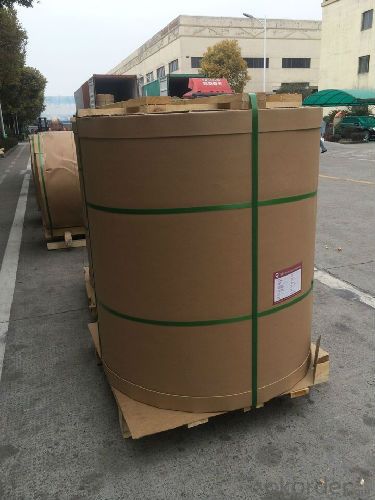
4. Product detailed sizes:
1000mm*2000mm,1250mm*2500mm,1500mm*3000mm, etc.
5. FAQ:
What is the quality standard?
---Usually our standard is GB3880-2006 or else.
What is the width range?
---It is from 1000mm to 2500mm, etc.
What is the length range?
---It is from 2000mm to 6000mm, etc.
What is the MOQ for your products yet?
---Normally it is around 3 tons/each size.
How many tons did you export in one year?
---Normally it is around 9000 tons totally.
Where is your client from?
---Normally it is from Japan, USA, ENGLISH, SINGAPORE, ETC.
What is your mainly products?
---Normally they are stainless steel sheet, stainless steel coil, stainless steel checkered sheet, stainless steel mirror finished sheet, color coated stainless steel sheet, etc.
- Q: How do I prevent rusting on stainless steel sheets?
- To prevent rusting on stainless steel sheets, there are several steps you can take: 1. Keep the surface clean: Regularly clean the stainless steel sheets using a mild detergent or stainless steel cleaner. This will help remove any dirt, grime, or contaminants that could lead to corrosion. 2. Avoid abrasive cleaners: Avoid using harsh or abrasive cleaners, as they can scratch the surface of the stainless steel, making it more susceptible to rusting. Stick to non-abrasive cleaning solutions and soft cloths or sponges. 3. Remove rust promptly: If you notice any signs of rust on the stainless steel sheets, it is important to address it immediately. Use a stainless steel cleaner or a mixture of vinegar and water to gently remove the rust. Rinse thoroughly and dry the surface afterwards. 4. Protect against moisture: Stainless steel is resistant to rust, but it can still corrode in the presence of moisture. To prevent this, ensure that the stainless steel sheets are properly installed and sealed to protect against water or moisture infiltration. Avoid leaving standing water on the surface and promptly dry any spills or moisture. 5. Apply a protective coating: Consider applying a protective coating to the stainless steel sheets to provide an extra layer of protection against rust. There are various sealants and coatings available specifically designed for stainless steel that can help prevent corrosion. 6. Regular maintenance: Regularly inspect the stainless steel sheets for any signs of damage, rust, or corrosion. Address any issues promptly to prevent further damage. Additionally, perform routine cleaning and maintenance to keep the surface in optimal condition. By following these preventive measures, you can significantly reduce the chances of rusting on stainless steel sheets and maintain their longevity and aesthetic appeal.
- Q: Can stainless steel sheets be used for elevator mirrors?
- Yes, stainless steel sheets can be used for elevator mirrors. Stainless steel is a durable and versatile material that offers a sleek and polished appearance, making it a popular choice for elevator interiors. Stainless steel sheets can be polished to a high mirror-like finish, allowing them to serve as reflective surfaces for mirrors in elevators. Additionally, stainless steel is resistant to corrosion, making it suitable for the humid and often harsh environments found in elevators.
- Q: Are stainless steel sheets suitable for outdoor furniture?
- Stainless steel sheets are indeed a fantastic option for outdoor furniture. Renowned for their outstanding durability and ability to resist corrosion, stainless steel is the perfect material to withstand the harsh effects of the outdoors, including rain, sunlight, and temperature fluctuations. Moreover, cleaning and maintaining stainless steel sheets is a breeze, as they require minimal effort to retain their pristine appearance. Furthermore, stainless steel possesses a sleek and contemporary look that can enhance the overall aesthetic appeal of outdoor furniture. In summary, stainless steel sheets provide the impeccable blend of strength, longevity, and visual charm, establishing them as an excellent selection for outdoor furniture.
- Q: Can stainless steel sheets be used for solar panels?
- Yes, stainless steel sheets can be used for solar panels. Stainless steel is a durable and corrosion-resistant material that can protect the solar panels from environmental conditions. It is commonly used as a backing material or frame for solar panels due to its strength and longevity.
- Q: Are stainless steel sheets resistant to alkaline solutions?
- Yes, stainless steel sheets are generally resistant to alkaline solutions. Stainless steel is known for its corrosion-resistant properties, and it can withstand exposure to a wide range of chemicals, including alkalis. The high chromium content in stainless steel forms a protective oxide layer on the surface, which helps to prevent corrosion and deterioration. However, it is important to note that the resistance of stainless steel to alkaline solutions may vary depending on the specific grade and composition of the stainless steel. In some cases, prolonged exposure to highly concentrated alkaline solutions or exposure to certain aggressive alkaline substances may cause damage to the stainless steel surface. Therefore, it is advisable to consult with the manufacturer or supplier to ensure the appropriate grade of stainless steel is selected for specific alkaline applications.
- Q: How do you prevent discoloration or staining on stainless steel sheets?
- To prevent discoloration or staining on stainless steel sheets, it is important to clean them regularly using mild soap or detergent and water. Avoid using abrasive cleaners or scrub brushes that can scratch the surface. Additionally, wipe down the sheets with a soft cloth to remove any fingerprints or smudges. Applying a thin layer of stainless steel cleaner or polish can help maintain the shine and protect against stains. It is also recommended to avoid exposure to harsh chemicals or acidic substances, as they can cause discoloration.
- Q: What is the water absorption rate of stainless steel sheets?
- Stainless steel sheets have a typically very low or negligible rate of water absorption. Renowned for its superb corrosion resistance and impermeability to liquids, including water, stainless steel is extensively acknowledged. Thanks to its distinct composition and surface properties, water absorption and penetration into stainless steel sheets are not easily facilitated. Hence, stainless steel is favored for numerous moisture-sensitive applications, for instance, in the food and beverage sector, medical equipment, and outdoor structures.
- Q: Are stainless steel sheets resistant to hydrogen embrittlement?
- Stainless steel sheets are commonly resistant to hydrogen embrittlement. Hydrogen embrittlement refers to the brittleness and susceptibility to cracking caused by the diffusion of hydrogen atoms into the metal structure. Nonetheless, stainless steel has a strong resistance to hydrogen embrittlement due to its distinct composition and microstructure. The presence of chromium in stainless steel produces a protective oxide layer on the surface, acting as a barrier against hydrogen diffusion. Furthermore, stainless steel sheets are often alloyed with elements like nickel and molybdenum, further enhancing their resistance to hydrogen embrittlement. However, it is important to note that certain conditions, such as high temperatures or high levels of hydrogen exposure, can still potentially result in hydrogen embrittlement in stainless steel. Hence, it is crucial to consider the specific application and operating conditions when determining the suitability of stainless steel sheets in relation to hydrogen embrittlement.
- Q: Can stainless steel sheets be used for food processing?
- Yes, stainless steel sheets are commonly used in food processing due to their excellent corrosion resistance, durability, and ease of cleaning. They do not react with food, making them safe for use in various food processing applications such as food preparation surfaces, equipment, and storage containers.
- Q: What welding equipment do we need for welding stainless steel sheet and stainless steel square tube?
- You want to use argon arc welding. Stainless steel has good weldability, so you only need to weld it. Stainless steel welding is simple, the process is not high, plate deformation is very large, but after welding needs pickling and polishing.Argon arc welding is completely different from electrode welding. It has less welding defects because of its bright arc welding. No splash surface forming well.
Send your message to us
Stainless Steel Sheet Col Plate Best Price
- Loading Port:
- Shanghai
- Payment Terms:
- TT or LC
- Min Order Qty:
- 3 m.t.
- Supply Capability:
- 5000 m.t./month
OKorder Service Pledge
OKorder Financial Service
Similar products
Hot products
Hot Searches
Related keywords
